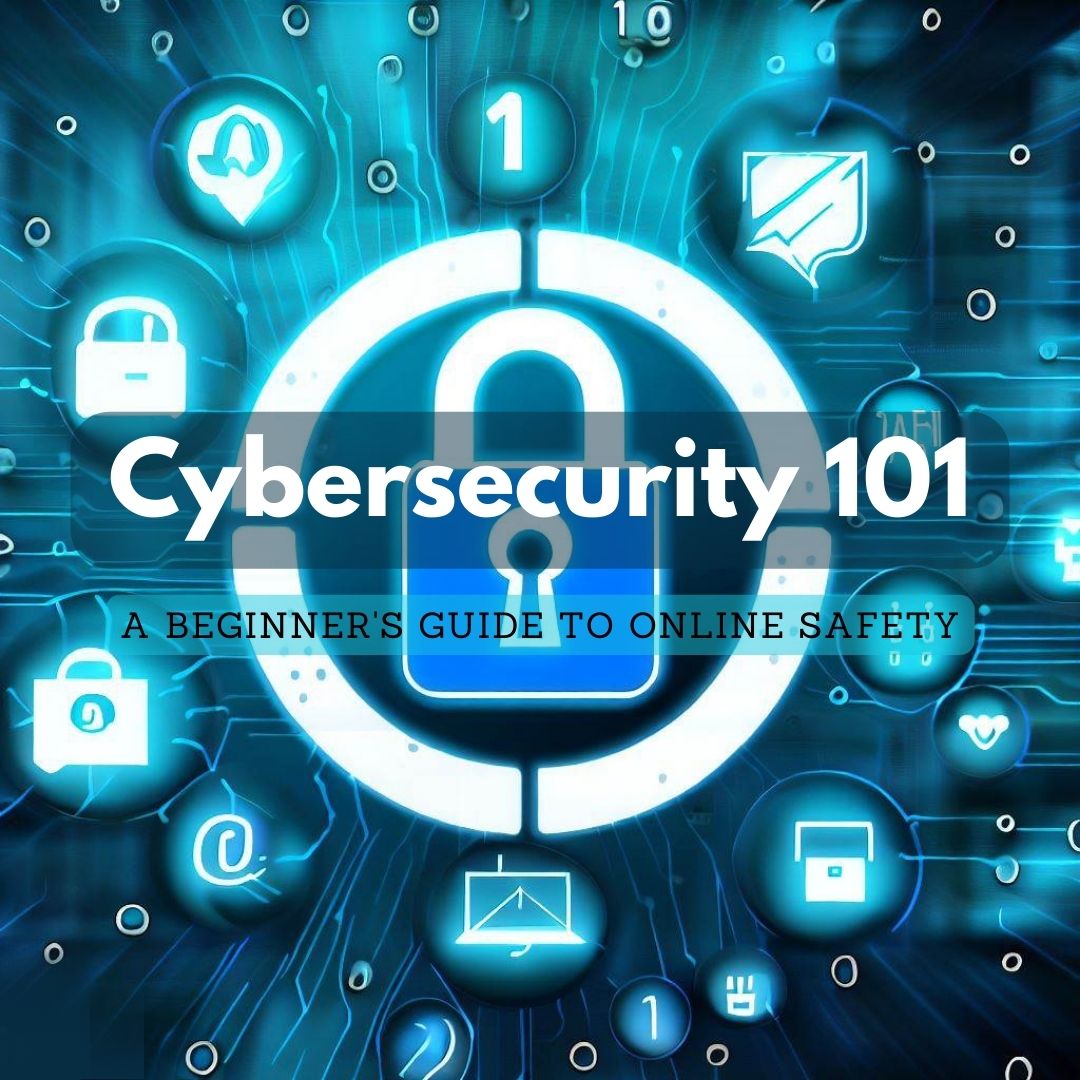Encryption and Decryption
Encryption and decryption are two essential techniques for ensuring the security and privacy of data. Encryption is the process of transforming plain text into unreadable code using a secret key. Decryption is the reverse process of restoring the original plain text from the encrypted code using the same or a different key. Encryption and decryption can be performed using various algorithms, such as symmetric, asymmetric, or hybrid ones, depending on the level of security and efficiency required.
Encryption is the process of transforming data into an unreadable form, using a secret key or algorithm. Decryption is the reverse process of restoring the data to its original form, using the same or a different key or algorithm. Encryption and decryption are essential techniques for ensuring the confidentiality, integrity, and authenticity of data in the digital world.
In this blog post, we will explore some of the basic concepts and types of encryption and decryption, as well as some of the applications and challenges of these techniques.
Symmetric and Asymmetric Encryption
There are two main types of encryption: symmetric and asymmetric. Symmetric encryption uses the same key for both encryption and decryption, while asymmetric encryption uses different keys for encryption and decryption. The keys are usually generated by mathematical algorithms that are hard to break.
Symmetric encryption: is faster and simpler than asymmetric encryption, but it has some drawbacks. For example, the key has to be shared securely between the sender and the receiver, which can be difficult in some scenarios. Also, if the key is compromised, all the data encrypted with that key is vulnerable.
Asymmetric encryption: also known as public-key encryption, solves these problems by using a pair of keys: a public key and a private key. The public key can be shared openly with anyone, while the private key is kept secret by the owner. The public key can be used to encrypt data, but only the private key can decrypt it. Alternatively, the private key can be used to encrypt data, but only the public key can decrypt it. This allows for secure communication without prior exchange of keys, as well as digital signatures that verify the identity and integrity of the sender.
However, asymmetric encryption is slower and more complex than symmetric encryption, and it requires larger keys to achieve the same level of security. Therefore, a common practice is to use a combination of both types: symmetric encryption for encrypting large amounts of data, and asymmetric encryption for encrypting and exchanging the symmetric keys.
Applications of Encryption and Decryption
Encryption and decryption are widely used in various domains and scenarios, such as:
- E-commerce: Online transactions rely on encryption to protect sensitive information such as credit card numbers, passwords, and personal details from hackers and identity thieves.
- Communication: Email, messaging, voice, and video calls use encryption to ensure the privacy and security of the communication between parties.
- Cloud computing: Data stored in cloud servers use encryption to prevent unauthorized access or modification by third parties or malicious insiders.
- Cryptography: Cryptography is the science and art of designing and analyzing encryption and decryption algorithms, protocols, and systems. Cryptography aims to achieve various goals such as confidentiality, integrity, authenticity, non-repudiation, and more.
Challenges of Encryption and Decryption
Encryption and decryption are not flawless or foolproof techniques. They face several challenges and limitations, such as:
- Key management: Generating, storing, distributing, and revoking keys is a complex and critical task that requires careful planning and implementation. Poor key management can lead to security breaches or loss of data.
- Cryptanalysis: Cryptanalysis is the study of breaking or weakening encryption and decryption algorithms, protocols, and systems. Cryptanalysts use various methods such as brute force attacks, mathematical analysis, side-channel attacks, and more to find vulnerabilities or flaws in cryptography.
- Legal and ethical issues: Encryption and decryption raise some legal and ethical questions regarding privacy, security, surveillance, censorship, human rights, and more. Different countries have different laws and regulations regarding the use or restriction of encryption and decryption technologies.
Conclusion
Encryption and decryption are powerful tools for protecting data in the digital world. They use mathematical algorithms to transform data into unreadable forms that can only be restored by authorized parties. There are different types of encryption and decryption techniques, such as symmetric and asymmetric encryption. Encryption and decryption have various applications in domains such as e-commerce, communication, cloud computing, and cryptography. However, they also face some challenges such as key management, cryptanalysis, and legal issues.
Share This Post
Related Articles
Secure File Sharing: Guidance on Securely Sharing Files and Documents Online
Learn how to securely share files and documents online with our comprehensive guide. Protect your data and privacy with expert tips and best practices for secure file sharing.
Unlocking the Potential of IoT: A Comprehensive Exploration
Dive into the world of IoT as we unravel its intricacies, significance, benefits, standards, security concerns, and evolution. Discover how IoT is reshaping our lives and businesses!
The Dynamic Duo: AI and Humans in Cybersecurity
Explore the symbiotic relationship between artificial intelligence (AI) and human expertise in the ever-evolving landscape of cybersecurity. Learn how these digital defenders work together to fortify digital defenses and ensure comprehensive protection against digital threats.
Unlock Your Hacking Potential: The Ultimate List of Best Books for Ethical Hackers!
Explore the ultimate guide to unlocking your hacking potential with the best books for ethical hackers! From basics to advanced techniques, these books have got you covered.
Cybersecurity 101: A Beginner's Guide to Online Safety
Explore the digital wilderness with Cybersecurity 101: A Beginner's Guide to Online Safety! Learn how to spot online threats, create strong passwords, and protect your digital kingdom.
Related FAQ
No related FAQ.
Say Hello
To Your Dream





